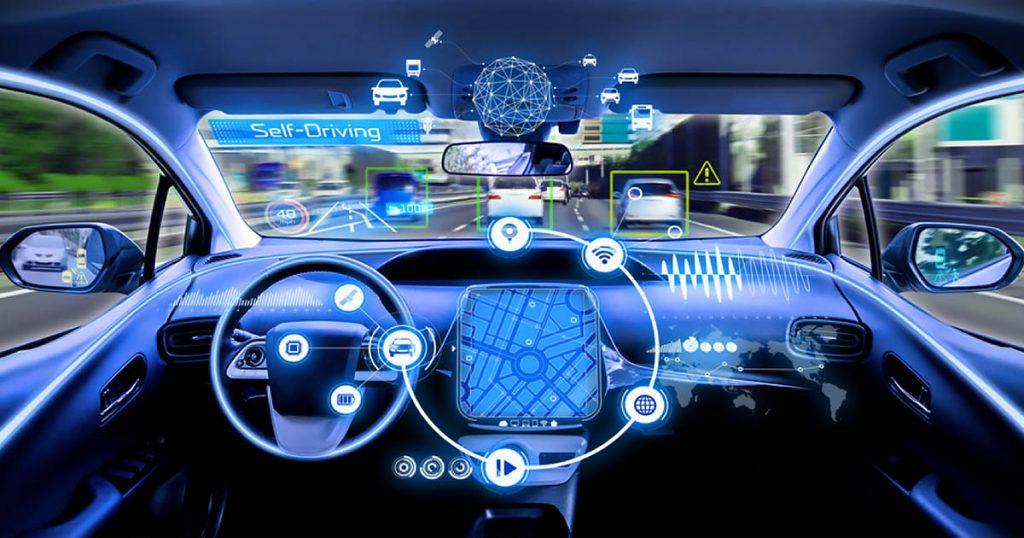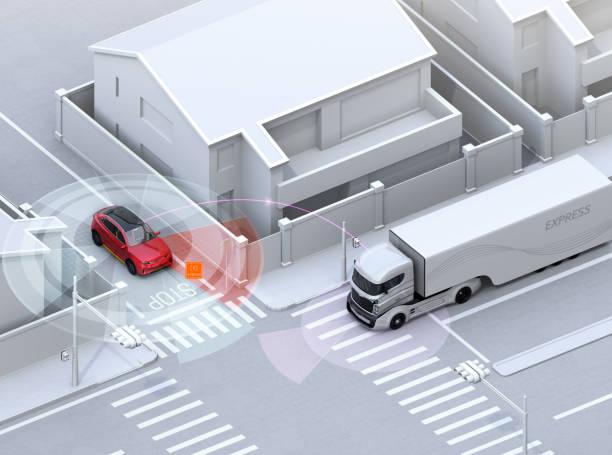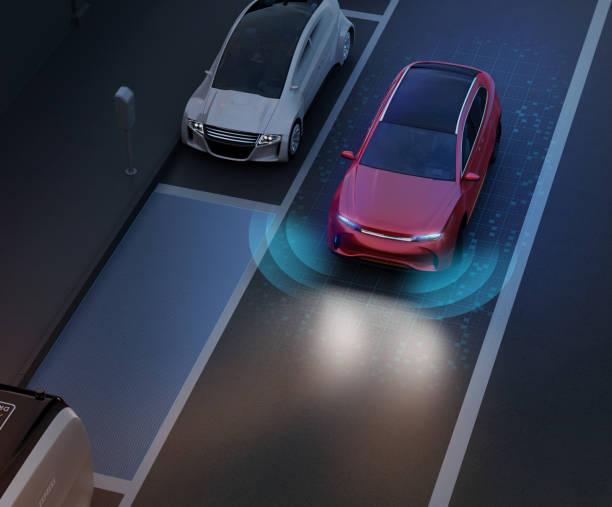In the present day, automobiles come equipped with a plethora of cutting-edge technologies and modern car features that prioritize the safety and comfort of drivers and passengers. However, comprehending the extensive list of novel features and their functionalities can be daunting, particularly for those who haven’t procured or rented a new vehicle in a while.
Features such as Bluetooth connectivity and voice recognition have become so ubiquitous that we tend to overlook the fact that they were once deemed impossible, even on personal computers, let alone cars. Here are some of the top-notch technological advancements incorporated into modern automobiles that are impressive.
The Latest Modern Car Features Available Today
Primarily, an excellent driving experience doesn’t entail intricate electronic systems. Nonetheless, some instances of automobile technology enhance cars specifically for driving enthusiasts.
Blind Spot Monitoring
Have you ever lost count of the number of times you’ve repeatedly checked your blind spot to ensure that there’s no vehicle present? Blind-spot monitoring comes into play to notify you whenever a car is located in your blind spot, whether it’s the A, B, or C-pillar.
While a majority of cars feature a small yellow flashing light on their side mirrors, certain models use an audio signal or display a warning on the instrument cluster to alert the driver.
Forward Collision Warning
Forward collision warning technology employs either optical or radar sensors to caution drivers when they are at a high risk of colliding with the vehicle in front of them. Warning signals are usually delivered through audible alerts and flashing lights displayed on the dashboard or windshield.
It’s important to note that forward collision warning is solely an alert system and will not autonomously activate the brakes to avert or mitigate the impact of a crash. The primary objective of this technology is to prevent rear-end collisions and the accompanying damages and injuries.
Automatic Emergency Braking
Automatic emergency braking (AEB) technology functions by using sensors akin to those utilized for forward collision warning to detect a potential accident. It goes a step beyond and automatically initiates the braking process to try to avert or lessen the severity of the collision.
Once enabled, AEB promptly applies the required brake force to halt your automobile. In numerous instances, the vehicle comes to a halt before you even have a chance to comprehend what is happening.
Lane Keep Assist
The lane keep assist system employs camera technology to identify when a driver starts veering out of their lane and subsequently assists in steering the vehicle back towards the center. This safety feature is particularly advantageous in contemporary times, where drivers are often distracted by technological devices.
While it may initially seem unsettling, trusting and working with the system instead of fighting against it can make driving a lot less strenuous and more convenient. However, it’s essential to note that the system isn’t intended for drivers to take their hands off the steering wheel or relinquish control of the vehicle. Instead, it functions as an aid to assist drivers rather than autonomously operating the car.
Adaptive Cruise Control
Adaptive cruise control is one of the cool car features, which is an advanced version of standard cruise control that outperforms it in every possible way. This system can not only maintain a fixed speed but can also apply the brakes based on the car in front of you. This innovative feature ensures that your car keeps a safe distance from the vehicle ahead of it by automatically adjusting its speed and slowing down when necessary.
The combination of this feature with assisted steering almost makes it feel like the car is self-driving. However, it is crucial to keep your attention focused on the road, your hands on the wheel, and maintain control of your vehicle to ensure safety.
Driver Drowsiness Monitoring & Attention Monitoring
The primary objective of driver drowsiness monitoring and driver attention monitoring systems is to ensure that drivers remain attentive and focused while driving on the road. The purpose of these systems is to avoid accidents caused by drivers dozing off or getting distracted while driving.
Various systems, such as the DriverFocus system offered in the 2021 Subaru Forester, utilize a camera to monitor the driver’s eye and head movements. Meanwhile, other systems rely on sensors mounted on the steering wheel to analyze driver behavior and warn them when signs of exhaustion become evident.
Tire Pressure Monitoring
An automatic tire pressure monitoring system is an incredibly useful feature as it removes the need for periodic manual checks of tire pressure, saving time and effort while also ensuring the safety of the driver and passengers. This system is particularly beneficial in detecting slow tire deflation and preventing any consequential issues. Some automakers, like Lincoln, even offer remote tire pressure monitoring through their Lincoln Way app.
It’s essential to note that when the system signals low tire pressure, it’s crucial to inflate the tires promptly to the recommended pressure. Ignoring the warning can affect the vehicle’s stability, traction, fuel efficiency, tire life, and even lead to a blowout in extreme cases.
Head-Up Displays
Taking your eyes off the road to look at the instrument panel can be dangerous. In order to address the issue of drivers having to look down at their instrument panels, car manufacturers have introduced head-up displays, a technology that projects essential information directly into the driver’s line of sight.
The most basic head-up displays only show a single color and provide essential information like speed or collision warnings. However, more advanced displays are now available that can show multiple colors and provide more detailed information such as the vehicle’s tachometer, safety alerts, navigation directions, and even entertainment system data.
Night Vision
Night driving can be challenging and tiring due to reduced visibility, especially in certain situations. To combat this issue, many car manufacturers now offer night vision systems as an option. These modern car features use multiple infrared lamps to illuminate the road ahead and then transmit this information to the driver through a camera, which is typically displayed on the digital dashboard or infotainment system. While some may consider it a gimmick, it has a significant safety benefit by allowing the driver to see objects or obstacles on the road well ahead of when they would typically be visible.
Which of the Cool Car Features Do You Like?
Modern cars are not just a means of transportation, they are a symphony of innovative engineering and cutting-edge technology that has revolutionized the way we drive. From intelligent driver assistance systems to seamless infotainment interfaces, the latest car models are packed with modern car features that were once only the stuff of science fiction. So, if you’re in the market for a new car, buckle up and explore the incredible technological wonders that await you.



